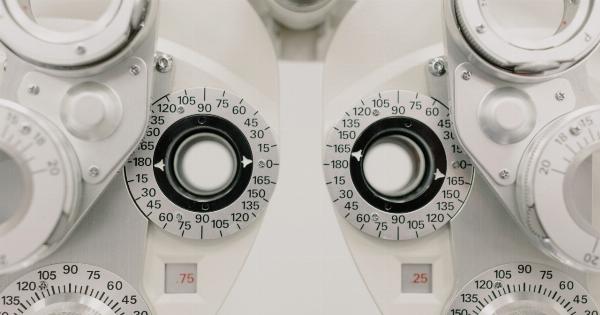Strokes are a leading cause of death and disability worldwide, making early detection and prevention vital. Ophthalmological exams, which assess the health of the eye, have been gaining attention as potential predictors of stroke risk.
This article explores the relationship between ophthalmological exams and stroke risk, examining the latest research and potential implications.
1. The Link Between the Eye and the Brain
The eyes and the brain are intricately connected, with the optic nerve transmitting visual information from the eye to the brain.
This connection has led researchers to investigate whether ophthalmological exams can provide insight into the health of the brain.
2. Retinal Imaging and Stroke Risk
Retinal imaging, which captures detailed images of the back of the eye, has shown promise in predicting stroke risk.
One study published in the journal Lancet Neurology found that individuals with certain abnormalities in their retinal blood vessels, such as signs of narrowing or blockages, were more likely to experience a stroke.
3. Retinal Nerve Fiber Layer Thickness
Another area of interest is the measurement of retinal nerve fiber layer thickness.
This parameter, which can be assessed through optical coherence tomography (OCT) scans, has been found to correlate with the risk of both ischemic and hemorrhagic strokes. Thinning of the retinal nerve fiber layer has been associated with an increased risk of stroke.
4. Ocular Microangiopathy
Ocular microangiopathy refers to small blood vessel changes in the eye. These changes are often indicative of systemic diseases, including hypertension and diabetes, which are risk factors for stroke.
Researchers have found a significant association between the severity of ocular microangiopathy and the likelihood of stroke.
5. Other Ophthalmological Markers of Stroke Risk
Scientists are exploring various other ophthalmological markers that may predict the risk of stroke. These include retinal arteriolar narrowing, retinal vein occlusion, and retinal emboli.
While further research is needed to establish their reliability, initial findings suggest a potential link between these markers and stroke risk.
6. Mechanisms Behind the Eye-Stroke Connection
Understanding the mechanisms that connect ophthalmological markers to stroke risk is crucial for developing preventative strategies. One theory is that retinal changes may parallel similar changes in the cerebral blood vessels.
Retinal imaging could therefore serve as a non-invasive tool to assess blood vessel health in the brain.
7. Potential Implications of Ophthalmological Exams in Clinical Practice
If validated as a reliable predictor of stroke risk, ophthalmological exams could have significant implications for clinical practice. Eye examinations are routine and often performed by primary care physicians, making them a convenient screening tool.
Identifying high-risk individuals through ophthalmological exams could lead to earlier interventions and potentially prevent devastating strokes.
8. Integration of Ophthalmology and Neurology Fields
Collaboration between ophthalmologists and neurologists is essential for further investigating the eye-stroke connection.
By combining their expertise, these specialists can develop comprehensive strategies to evaluate stroke risk based on ophthalmological findings. Integrating these fields could potentially revolutionize stroke prevention and management.
9. Limitations and Challenges
While the emerging research is exciting, there are several limitations and challenges to consider. First, further studies are needed to validate the reliability and accuracy of ophthalmological exams in predicting stroke risk.
Additionally, the cost-effectiveness and accessibility of implementing these exams on a large scale must be evaluated.
10. Conclusion
Ophthalmological exams show promise in predicting the risk of stroke through various markers, such as retinal imaging and measuring retinal nerve fiber layer thickness.
Integrating these exams into routine clinical practice could lead to earlier detection and intervention, potentially preventing strokes and reducing their devastating consequences. Further research and collaboration between ophthalmology and neurology fields are necessary to fully explore the potential of ophthalmological exams in predicting stroke risk.





























